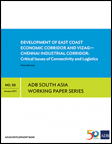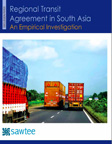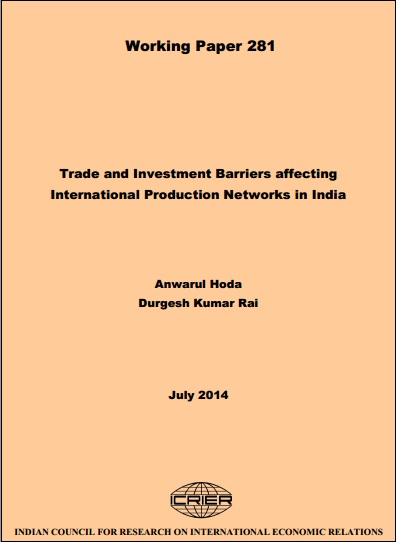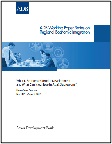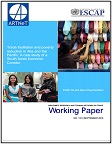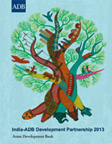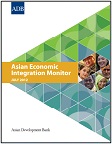Economic Corridor Development Results
Economic corridor development (ECD) involves the creation of an efficient multimodal transport network supported by quality infrastructure, logistics, and policy framework for ease of doing business, and distribution networks that link production centers, urban clusters, and international gateways, beyond the narrow space of a transport route. Individual SASEC countries are pursuing ECD to bring economic transformation and inclusive growth. SASEC support for economic corridors includes a regional approach in promoting synergies and identifying complementarities between national economic corridors and SASEC member countries, and improving cross-border links to optimize economic corridor investments.
ECD REGIONAL & INTERNATIONAL
REPORTS
total items: 8The East Coast Economic Corridor (ECEC)—India’s first coastal corridor—is an integrated economic development initiative that is expected to help pursue industrialization and integrate domestic companies into the global value chains of Southeast Asia and East Asia. Its development will start with Vizag–Chennai Industrial Corridor (VCIC), which covers about 800 kilometers and includes several ports and major industrial centers. This paper discusses strategies to consider when trying to improve shipping and air connectivity in the ECEC and Vizag–Chennai Industrial Corridor (VCIC). It stresses the importance of infrastructure development and regulatory reforms that facilitate increased connectivity.
Source: Pritam Banerjee
This discussion paper published by the South Asia Watch on Trade, Economics and Environment assesses the potential gains of a sub-regional transit arrangement and the removal of other border-trade barriers, particularly the eastern South Asia sub-region (Bangladesh, Bhutan, India and Nepal). It also discusses the link between transit and trade flows, provides profiles of intra-regional transit trade and current transit arrangements in South Asia, and identifies efficient regional transit corridors using linear programming or the Data Envelopment Analysis model.
Source: Prabir De and Arvind Kumar
Recognizing India as an outlier in development of international production networks with the lowest participation among Asian countries, this study investigates the reason for India’s lackluster participation in production-sharing networks. Using desk work, field surveys, and interviews, an analysis is adopted with three comparator countries in the region that have been successful in production-sharing arrangements as well as industrial growth – China, Malaysia, and Thailand. It further describes foreign direct investment inflows into India, analyzes behind-the-border investment environment, and provides recommendations to improve investment climate and hasten the pace of manufacturing development in India.
Economic corridors connect economic agents along a defined geography. They provide important connections between economic nodes or hubs that are usually centered in urban landscapes. They do not stand alone, as their role in regional economic development can be comprehended only in terms of the network effects that they induce.
Source: Hans-Peter Brunner
This study assesses the potential impact of trade facilitation on poverty reduction in the region under SAARC Corridor 1, which is one of the leading corridors in South Asia and handles overland trade between Bangladesh, India and Pakistan. Poverty reduction depends on decreasing trade barriers through better trade facilitation and improved infrastructure.
This publication helps codify and compare the level of development of capital markets in South Asia, and identifies some of the major obstacles to integration, along with measures to reduce barriers. It also examines benefits from harmonization and draws lessons from other regions striving to enhance harmonization, such as the Association of Southeast Asian Nations and the European Union.
Source: Asian Development Bank
This publication showcases how Asian Development Bank (ADB) has been working closely with the Government of India to improve the overall design, delivery, and development effectiveness of ADB's India program.
Source: Asian Development Bank
The Asian Economic Integration Monitor is a semiannual review of Asia's regional economic cooperation and integration. It covers 48 regional member countries of the Asian Development Bank. This issue includes a special section-Regional Integration: A Balanced View.
Source: Asian Development Bank

